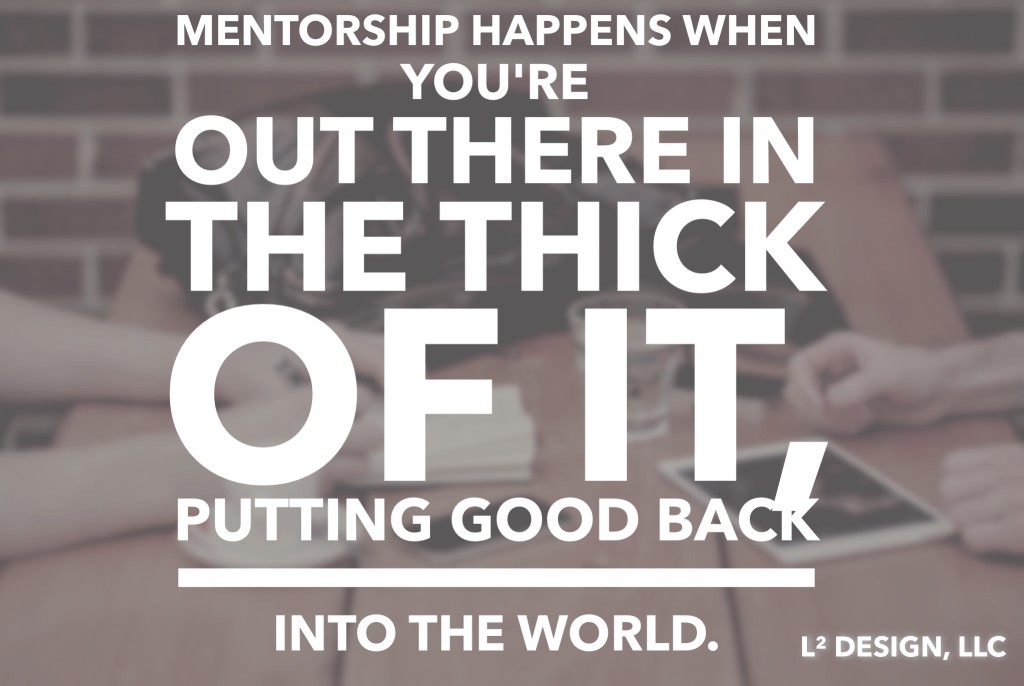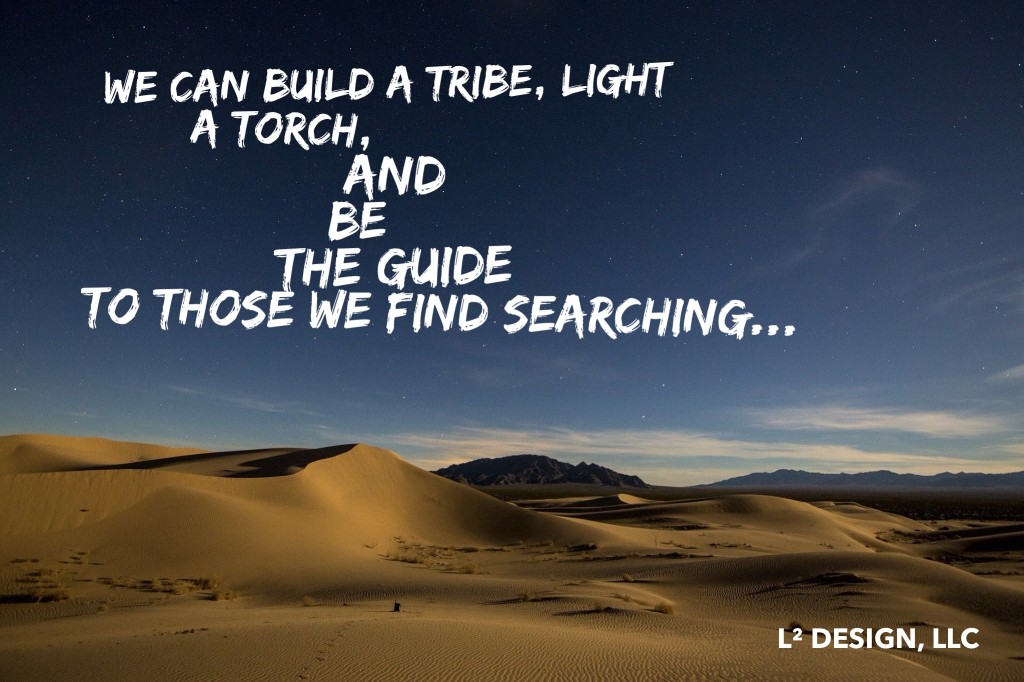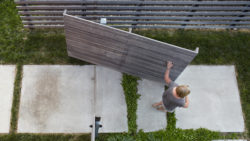Tapped for mentorship
If you’ve been following along, this is the last in a three-part series on mentorship. The first blog looked at the gift of mentorship, why it’s important, and what roles mentors can play. The second blog dove into how to find a mentor. This wrap-up in the series covers what happens when you become a mentor. Let’s get started…
Here we are. You’ve made your way through school and your first couple jobs. You’re out there in the community volunteering and engaging with your fellow professionals. You’re finding your place at work and completing projects, learning what it’s like to be an architect. You’re probably licensed, perhaps newly, or maybe very close with only a test or two left. The point is: you’re working hard, nose to the grindstone, and helping others.
That last bit is what keys you up for this next part.
One day, you’re going to be helping a recent grad on a project, maybe explaining a detail to them, or talking them through the “why” of the design. As the conversation continues, you realize the topic of their questions shifts from the project to firm roles or your personal path. This could also happen over lunch or Friday drinks.
Newsflash: Mentorship has found you.
Chances are if you’re working hard and giving back, people are noticing. They might have already been looking to you as a mentor or leader in your community. These one-on-one conversations, though, are the beginning of potentially helping another person figure out their path just like your mentors helped you find yours. Mentorship happens when you’re just out there in the thick of it, putting good back into the world.
Guess what? It’s scary. Just like all things that are worth it, creating a relationship that helps another person achieve their goals – or even figure out what those goals are – is no small task or subject to be taken lightly. From personal experience of only recently reaching this initial phase of mentorship, I know I question myself a lot as to whether I’m capable or wise enough to be mentoring someone else. It’s not something I sought out, but I would be lying if I said that it doesn’t fit with my personality. I enjoy helping others. That is probably one of the biggest things I enjoy about architecture from the architect-client perspective, so it definitely makes sense that I enjoy helping fellow professionals. That doesn’t mean those fears of inadequacy or concerns about how to best be helpful still don’t creep into my mind.
But here’s the thing: They probably, or at least should, creep into the mind of every good mentor. If you think you know everything, then 1) you’re probably really annoying to be around and 2) at some point you will have nothing left to teach your mentee because the world will have continued to evolve without you. Hopefully, you don’t fit that boat. There will ALWAYS be something new to learn. Our profession will continue to progress as the world does as technology, sciences, arts, and other advancements are made. And it’s our job to keep up with those advancements. The other part to this is: the best mentors still have mentors because they know they have to keep learning. So don’t worry if you second-guess your ability. Chances are, if someone is approaching YOU, then you’re on the right track and you just gotta keep going. We need you, as a profession, to keep going. Now let’s talk how:
1. Be honest
If you don’t know an answer, tell your mentee. Then learn it alongside them. I run into this daily with a young grad at work, mostly because I’m still very new to RATIO and learning their standards. But he keeps coming back. Yes, I’m sure that being one of the two PAs on the project has something to do with it. But I’d like to think the other part is that I give him an honest answer. I walk him through the thought process and the intention we’re hoping to achieve, and then we problem solve together on how or where to find the answer. Don’t bs an answer and send your mentee headed in the wrong direction. They won’t learn anything from it other than not to trust, or even come to you in the future. That’s never good. And if you do that, you’re not going to learn anything either. If you don’t think this is a big deal, re-read the paragraph above.
2. Be available
There are days that I feel like I don’t get diddly squat done. And it sucks for me, because I like progress. You know who else likes progress? Your client. But when I sit down and assess what happened at the end of each day, those are the days (outside of a possible black hole of a meeting) I spent a lot of time mentoring. Walking a grad through details or the idea behind certain ceiling patterns and transitions in certain locations. How and where we might find the details *for* those ceiling patterns. I won’t hand-feed all of this to him because I want him to give effort and learn in the process, but I give him enough to head in the right direction and then check in with him later. Which brings me to number 3…
3. Check in with some consistency
This is probably the one I struggle with the most. On those days where I feel like I’m not getting much done, it’s really easy to put in the headphones and just work away. But if I gave a grad a task at the beginning of the day and haven’t heard back from him/her, it’s probably best that I check in at least by mid-afternoon to make sure he/she is doing okay. This is still as much of a learning process for me as it is for my mentee, so there’s a possibility I may not have conveyed well what I wanted to be done and they were shy and just nodded along. I’m very good at picturing what I want to be done in my head. I’m still working on “using my words” in how to turn those tasks into learning/teaching moments. So I try to make it a habit to check in. Some days I miss it, but if they know I’m available because of #2 above, then chances are they’ve stopped by if they had an issue anyway.
All of these tips can work with mentees who may not actually work where you do, though my guess is that type of mentor/mentee relationship doesn’t come until later in a career as you continue to excel in your profession and give back to your community. But by being authentic and honest about who you are, it helps make you approachable and available (unless you’re Scrooge). If and when you do get an out-of-office mentee, #3 becomes key because it may be likely that you don’t see them except for once a month when you are at the AIA meeting or at some other community event (and if they’re following the tips of the previous blog, they’re probably trying to not hoard your time at the meeting). This frequency could be even less if they’re a national or global connection. Check in with them at least monthly/bi-monthly by email. A simple “how’s work going?” or “just wanting to check in on you.” will mean the world to a young mentee trying to make their place in this profession. Remember how that felt? I’m guessing it meant a lot to you when you were in their shoes. It probably still means a lot when a mentor checks in on you.
That is the biggest takeaway and the best answer I give myself internally when those concerns of ‘not knowing enough to mentor’ creep in: At one point, I was in their shoes and I remember how scary and vast this world of architecture felt. [Heck, it still feels scary sometimes.] Like it was a massive desert that I had been dropped into the center of and needed to find my way. So I wandered and learned, and found some mentors as guides along the journey. And then, after years in the desert and learning how to make it my home, I come across a fresh-faced kid, newly dropped into the desert, looking for the way. Because at the end of the day, we’re all wandering the desert. We can do it alone, but very few solo nomads make it very far. Or we can build a tribe, light a torch, and be a guide to those we find searching and wandering.
Step up. Join us. Be a guide in the desert.








